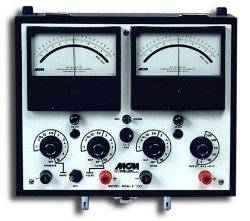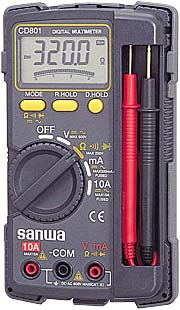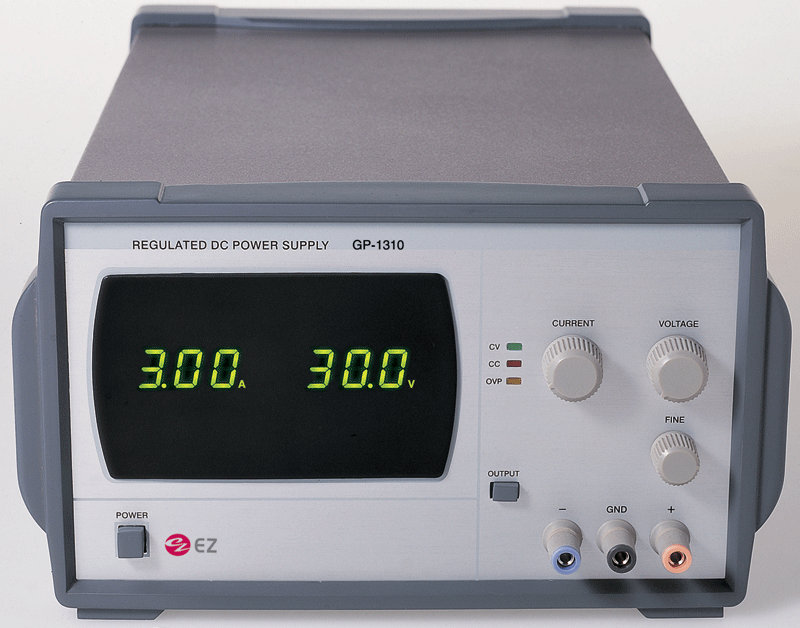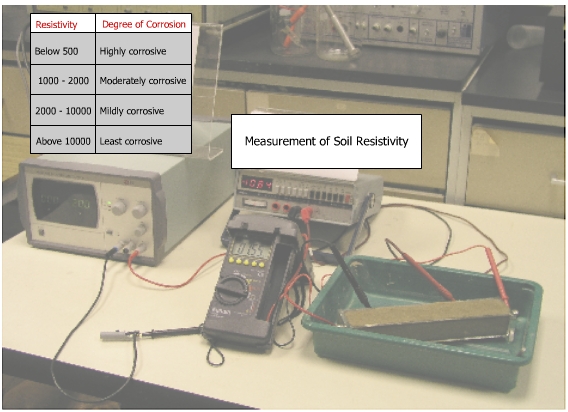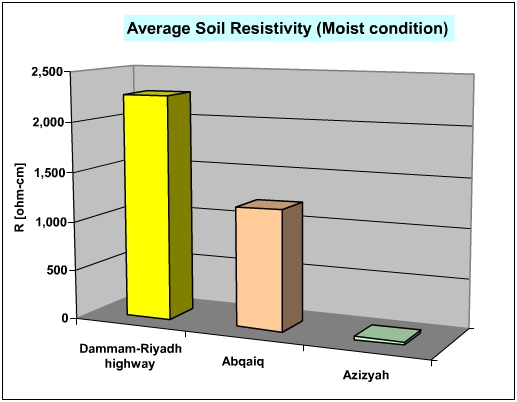| Objective | To measure the resistivity of a given soil using soil box method. | |
| Materials | MC Miller Multi-combination meter |
|
| Soil Box |
|
|
| High impedance digital multimeter |
|
|
| Variable D.C. power supply |
|
|
| Copper-copper sulphate reference electrode |
|
|
|
|
||
| Procedure |
The size of the soil box was 1.5 x 2.5 x 9 (standard). The dimensions are such that when the soil box is filled with electrolyte (water or sand) the resistivity in ohm cm of the electrolyte is equal to the change in potential between the center or potential pins divided by the change in current. The soil box is filled to the rim with the desired soil. Some water is put in the soil. Connections are made as shown in figure below. |
|
|
|
|
|
|
The current is switched on by pushing the switch to on position. The change in potential is recorded. The following relationship is used: R = (VON - VOFF)/I where VON = Voltage drop when the power is on. VOFF = Voltage drop when the power is off. The resistivity is calculated in ohm-cm2. Figures below show the typical value of soil resistivity under wet condition in different location. The Azizyah area is surprisingly highly corrosive.
|
||
|
|
||
| Conclusion |
The lower the soil resistivity the more is the magnitude of corrosion. |
|
